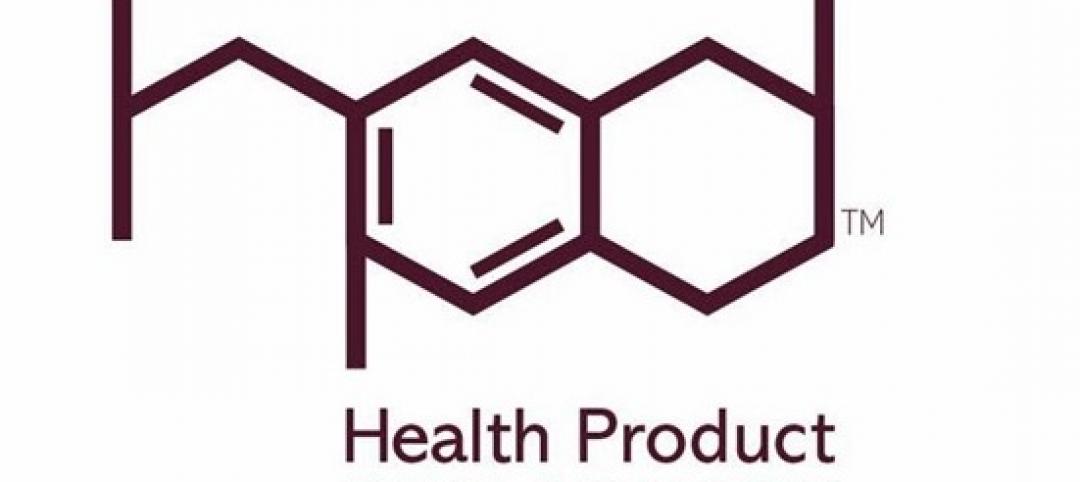The architecture, engineering and construction (AEC) industry is increasingly reliant on technology and the use of online networks to share project/client data and connect to third-party supplier networks, often doing so remotely from job sites. As we become more digital – the incorporation of several digital tools, technologies, and methods such as robotics, data analytics, additive manufacturing (AM), artificial intelligence (AI), internet of things (IoT), machine learning (ML), and drones – also means we are increasingly susceptible to cyber attacks.
Past reported incidents include unauthorized access of a major retailer’s network through the mechanical contractor doing retrofit work on the HVAC system which lead to the exposure of about 40 million debit and credit card accounts, a data breach of personal sensitive information of employees of two well-known United States based construction companies, and compromised trade secrets of a construction elevator and escalator manufacturing firm.
Construction and related firms are not highly regulated, and since they haven’t historically been an “obvious target” for bad actors, the industry is often managing increasing cyber risk against unrealistic expectations. With multiple partners working together on a project, and the average cost of a data breach of $5.2 million, we cannot afford to simply put up the basic security walls any longer. More effective, customized security programs must be put in place.
When looking for expert partners in cybersecurity, you’ll find quite a lot of companies claiming to be at the forefront of modern threats. I believe there are five key points to look for when choosing a cybersecurity partner to protect your livelihood and help security professionals sleep at night.
- Get a Partner, Not a Vendor: During the “interview” process, make sure you are getting a team behind you that will not just provide a service, but will be incorporated into your team for the long-run. A cybersecurity partner needs to feel they have skin in the game and you need to do a gut check against this metric. How invested do you feel they are in your success? We have had multiple occasions where we’ve asked our provider to investigate a threat that did not present itself by typical indicators of compromise. In every instance they went above and beyond what I would have considered a reasonable response. If they don’t consider an attack on you an attack on them, then you might want to reconsider those relationships. I want to be able to take a vacation and know that I have my own sheepdog guarding the chicken coup from the proverbial wolves!
- Customization and Flexibility: There is great need for customization of a cybersecurity program in the AEC space. Our industry is highly fragmented and any one project could include a dozen or two dozen different firms each doing a different piece of the construction puzzle. Files are transferred back and forth among all firms and that transfer must be quick and easy – and secure. Additionally, today’s contracts are demanding stricter cybersecurity principles including 24 hour breach notification, endpoint protection, multi-factor authentication, and more. A cybersecurity partner needs to be able to take each new project in stride, building a customized program protecting all endpoints, while being able to understand the speed and ease the AEC industry needs in transferring large files.
- Speed of Detection and Response: An effective cybersecurity approach needs to ingest endpoint, network, log, cloud, asset and vulnerability data that enables complete attack surface visibility 24 hours a day, seven days a week. We recently had a partner firm on a project infected with ransomware. Within the same day, our cybersecurity partner, eSentire, had a full report in hand. With a team of experts actively hunting for threats across the entire AEC environment, our mean time to containment (MTTC) is normally a mere 15 minutes, allowing work to stay on schedule.
- Bringing Strong Relationships to the Table: Having pre-arranged relationships with top notch other security vendors is a critical component to a strong cybersecurity partner. With relationships in place, our cybersecurity firm (in our case eSentire) vouches for me and connects us with best in breed partners such as CrowdStrike, Microsoft and Sumo Logic without our team needing to do all the heavy lifting to fill in all the blanks of an Managed Detection and Response program.
- A Culture of Innovation: Take a hard look at a potential security partner’s culture of innovation. Do they win awards for innovation and do it with a spirit of humility? Are they always pushing forward? Are they constantly re-evaluating their own offerings and processes? What are they doing behind the scenes to bring forward innovative and timely threat intelligence and are they sharing it with the industry-at-large to improve outcomes for all? Threats are changing all the time and a partner should have a culture of change to keep up.
With the right partner in place, the growing threat of cyberattacks on AEC projects can be effectively mitigated. Generally speaking, however, our industry needs to do a better job bringing a real-world cybersecurity perspective to each project, with an eye toward why certain designs can or cannot work. It’s critical we work within modern threat landscapes, while doing our best to not alter an artist’s design and vision. This means a robust cybersecurity plan and the ability to proactively detect, disrupt and remediate cyber threats anytime and anywhere.
ABOUT THE AUTHOR
As an experienced leader in Information Technology operations, Michael Smith has a demonstrated history of fostering innovation within the Architecture & Engineering industry, leading high-performing teams to support and secure all enterprise infrastructure and endpoints. Skilled in operations and business process improvement, Michael has successfully grown within the sector and is currently the Vice President & Director of Information Technology Operations for HKS, an interdisciplinary global design firm that is on a mission to become one of the most influential firms in the AEC industry. Michael’s positive, humble and people-oriented perspectives foster alignment between the technology portfolio and the firm’s overall business objectives which translate into increased revenue and tangible enterprise value.
Prior to HKS, Michael held key leadership roles for companies like Lockheed Martin, Carter & Burgess and most recently with engineering heavyweight Jacobs. Michael has law enforcement experience as a former Security Police Officer with the United States Air Force where he graduated from the USAF Law Enforcement Academy with Honors. Michael also holds an Associate’s Degree in Global Business Management.
Related Stories
Sponsored | | Apr 23, 2014
Ridgewood High satisfies privacy, daylight and code requirements with fire rated glass
For a recent renovation of a stairwell and exit corridors at Ridgewood High School in Norridge, Ill., the design team specified SuperLite II-XL 60 in GPX Framing for its optical clarity, storefront-like appearance, and high STC ratings.
| Feb 5, 2014
'School Security' PDF available to BD+C readers - CORRECTED
I've received several requests from BD+C readers who design and build K-12 schools about the 3-part series we ran in our January issue ("Can Design Prevent Another Sandy Hook?"). They wanted to send the issue to their school boards and other public officials with responsibility for school safety. In light of the importance of this topic, as a special service to our readers we're making the series available in PDF form.
| Jan 13, 2014
AEC professionals weigh in on school security
An exclusive survey reveals that Building Teams are doing their part to make the nation’s schools safer in the aftermath of the Sandy Hook tragedy.
| Jan 10, 2014
What the states should do to prevent more school shootings
To tell the truth, I didn’t want to write about the terrible events of December 14, 2012, when 20 children and six adults were gunned down at Sandy Hook Elementary School in Newtown, Conn. I figured other media would provide ample coverage, and anything we did would look cheap or inappropriate. But two things turned me around.
| Jan 10, 2014
Special Report: K-12 school security in the wake of Sandy Hook
BD+C's exclusive five-part report on K-12 school security offers proven design advice, technology recommendations, and thoughtful commentary on how Building Teams can help school districts prevent, or at least mitigate, a Sandy Hook on their turf.
| Jan 9, 2014
16 recommendations on security technology to take to your K-12 clients
From facial recognition cameras to IP-based door hardware, here are key technology-related considerations you should discuss with your school district clients.
| Jan 9, 2014
Special report: Can design prevent another Sandy Hook?
Our experts say no, but it could save lives. In this report, they offer recommendations on security design you can bring to your K-12 clients to prevent, or at least mitigate, a Sandy Hook on their turf.
| Dec 5, 2013
Exclusive BD+C survey shows reaction to Sandy Hook tragedy
More than 60% of AEC professionals surveyed by BD+C said their firms experienced heightened interest in security measures from school districts they worked with.
| Nov 25, 2013
Manufacturers race to offer EPDs, HPDs in response to LEED v4
Under LEED v4, projects are awarded points for using at least 20 building products that have issued Environmental Product Declarations or Health Product Declarations. In response, manufacturers are racing to offer EPDs and HPDs for their product lines.
| Sep 9, 2013
Top 25 continuing education courses on BDCuniversity
An overview of the 25 most popular continuing education courses on BDCuniversity.com.
















